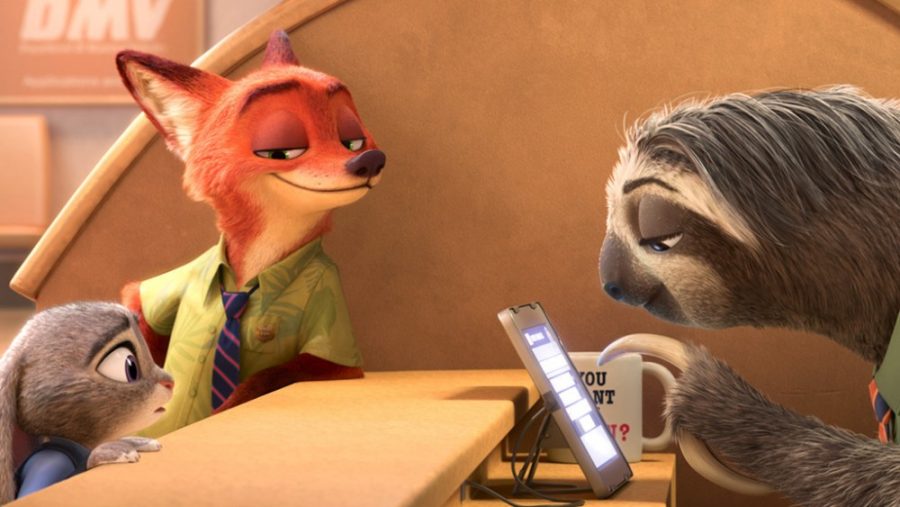A thriving metropolis filled with anthropomorphic mammals of all walks of life is a place where “anyone can be anything”—for the most part, at least.
Disney’s newest animated motion picture “Zootopia” tells the story of Judy Hopps, the first bunny to ever join the Zootopia police department, and Nick Wilde, the sly con-fox who begrudgingly becomes Judy’s co-detective on a case to find 14 missing mammals.
The assertion that anyone can be anything takes on discrimination and profiling, positing that judgment based on outward appearances is not only hurtful, but inaccurate. No stereotype is universal, and labels only serve to divide and create hostility.
“Zootopia” demonstrates in its own subtle way that all mammals have equal capacity for good and evil, and what is important is this is a choice everyone must make, regardless of who—or what—they are.
The star-studded cast boasts Ginnifer Goodwin as Judy Hopps, Jason Bateman as Nick Wilde, Idris Elba as Chief Bogo, Shakira as Gazelle and many others lending their voices to these complex mammals. The actors’ voices bring a humanoid sense that bridges our two worlds and makes these characters relatable.
Details like an iteration of the iPhone, futuristic modes of transportation, disgusting apartments and a Department of Motor Vehicles run by sloths bring the city of Zootopia to life. This fully realized world feels both familiar and original, with an atmosphere reminiscent of human cities like Los Angeles or New York City.
Sandy, secluded Sahara Square plays home to camels and other desert loving mammals, and the snowy, glacier-filled Tundratown is a habitat for cold climate creatures.
The Rainforest District might remind viewers of a cross between the Amazon and Portland, Oregon.
Littlest—but not least—is Little Rodentia, the tiny town touting the smallest mammals.
All of these districts come together to make Zootopia not unlike the collection of cities surrounding most modern metropolises.
Amidst hilarious references to “The Godfather,” “Chinatown” and the amorous reproductive habits of rabbits, the film manages to make its most suspenseful and serious scenes the funniest.
The film shines when it touches on real-world adult problems, such as political corruption and secrecy, and also kid-centric issues like childhood bullying. The level of complexity and humor imbued to these issues can be surprising, such as when Judy Hopps explains that it is OK for one bunny to call another bunny “cute,” but not for other animals to do it.
Judy Hopps and Nick Wilde shine as fully developed characters.
“Zootopia” gives the audience characters fully fleshed out with back stories that support the characters’ polar opposite philosophies on life, despite being a relatively short movie.
The movie begins with each character rooted firmly in their own perspective, and by the end of the film, we see a much more balanced stance in each of them—the true mark of a well-developed character. The movie ends on a note that not only moves the characters, but also the audience.
“Zootopia” is the best Disney movie since “Frozen,” and possibly even better. “Zootopia” is an animation masterpiece, and a creative gift to the world, with hilarious characters, real-world relatability and a perfect underlying message.
It is easy to predict the film will go on to be a huge box office sensation, and become the next iconic Disney classic.
Follow Casey Aldava on Twitter









